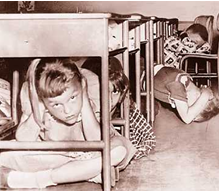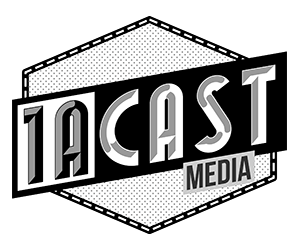After the Boston Marathon bombing, will IEDs be considered a fact of daily life in America? In some countries, such terrorist bombings already are — Israel his lived with them, or something like them, since its day-one 75 years ago — so maybe it’s our time. And will that possibility dictate radical changes in our behavior and social interaction to the point where we’re afraid to leave the house lest we get ripped to shreds by ball bearings from a bomb? A point a recent AP story makes about the fear of nuclear war that pervaded the 1950s and 1960s when those of us who are Boomers lived with duck-and-cover drills and memorizing the shortest route to the nearest fallout shelter as part of our grade school curriculum reminds us that we’ve never lived without some existential threat, so why is today any different?

Will fear become a part of the American ethos? I hope not since “a life lived in fear is a life half-lived.” Instead of letting our knees go all wobbly over how the sky will fall, maybe we should put into perspective the relative safety we have today versus what didn’t exist in times past. Public exposure to communicative disease leading to mass epidemics and scores to hundreds of deaths was once a fact of life. Today, not so much. Getting run down in the street is no longer the risk it once was, either. Despite shrieking headlines, the odds of getting struck by lightning are better than the odds of being killed in a terrorist attack or mass shooting. Do the nu

mbers, not the news.
Since you can only live in the time you live, make the best of it. There are a lot of things about today we all would like to change, with the risk of terrorism being one of them. But hiding under the bed isn’t the answer, living large and public and in-your-face is. It’s also the best revenge.
I’m going into New York City and Westchester County today, and as I cross the George Washington Bridge, I’ll consider the trip an act of defiance against the forces of fear. While mine may not be much, multiply it by 300 million similar acts by Americans across the United States every day and it will make a difference.



